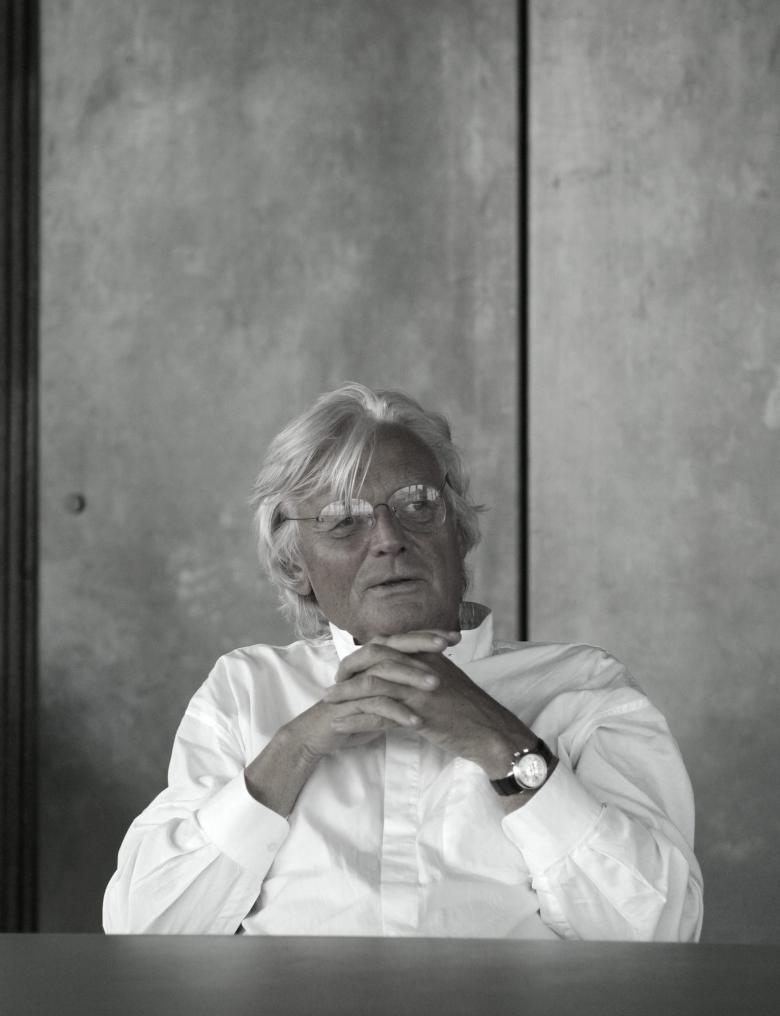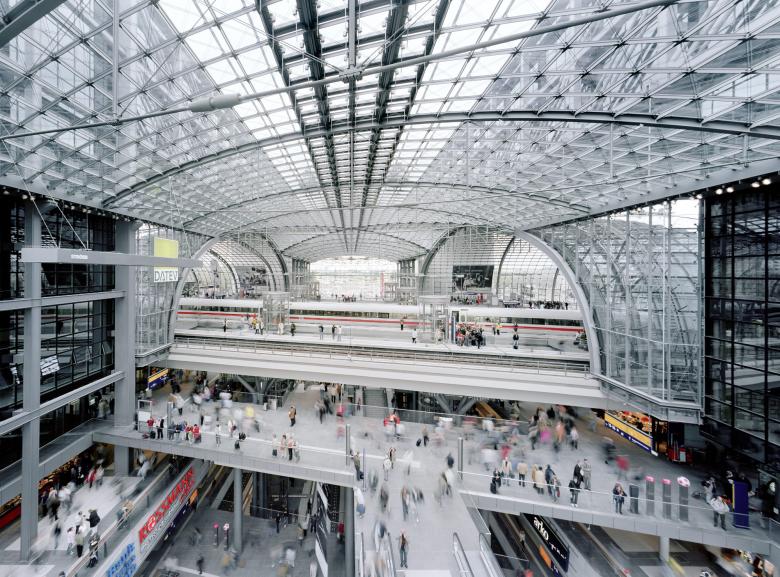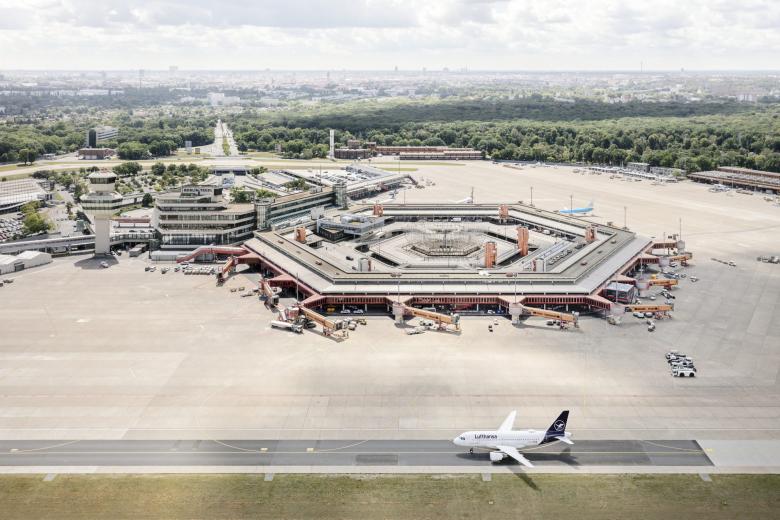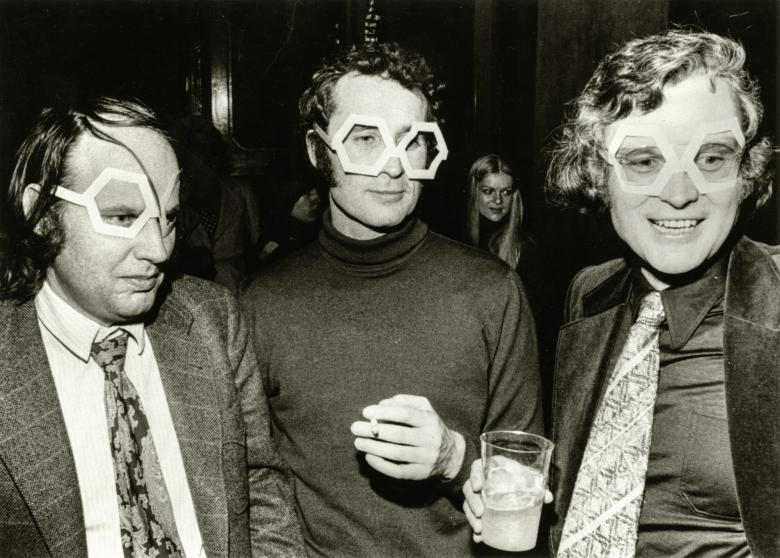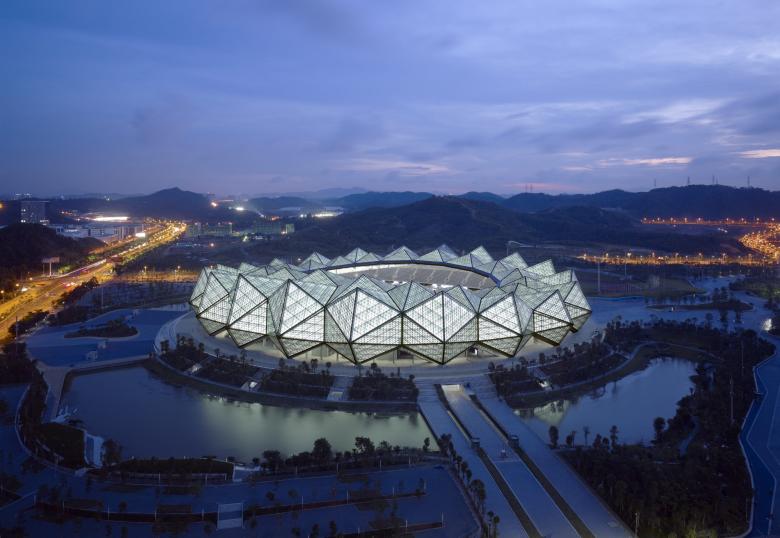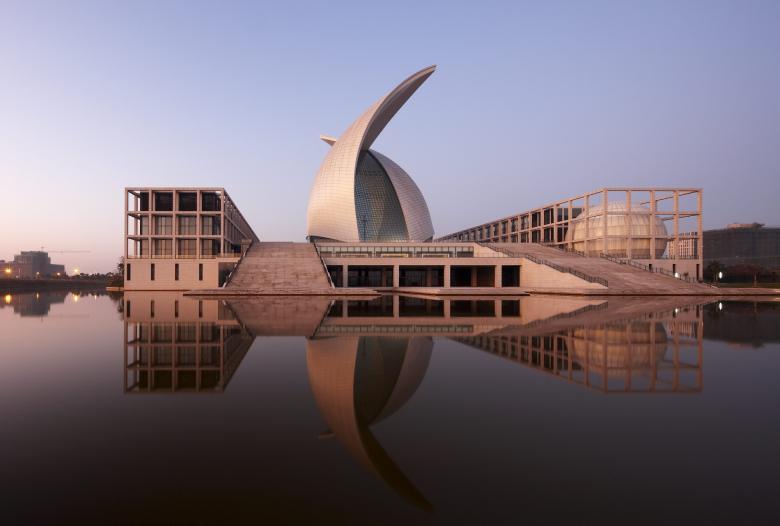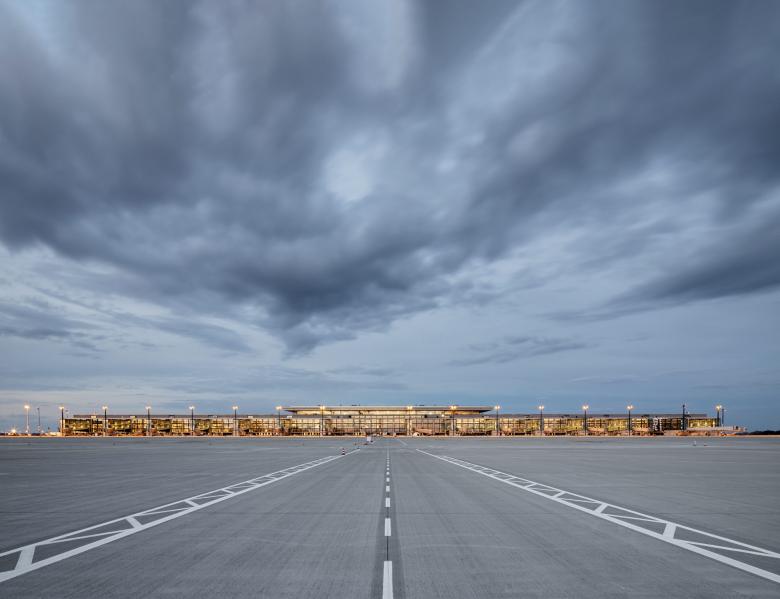6. Dezember 2022
Meinhard von Gerkan (Photo: Wilfried Dechau)
Meinhard von Gerkan, the prominent German architect, died in Hamburg on Wednesday, November 30, at the age of 87.
The entire architectural community kept their fingers crossed for Meinhard von Gerkan when he took Hartmut Mehdorn and Deutsche Bahn to court. For only he, with his large office gmp · von Gerkan, Marg and Partners Architects in the background, could afford such a test case. During the construction of Berlin's main railway station, Mehdorn, the then head of Deutsche Bahn (and later head of BER airport), had the glass hall built 110 meters shorter than originally planned and had the hall in the basement constructed with a banal flat ceiling because he was confident that he could save time and money before the 2006 FIFA World Cup (both of which turned out to be fatal mistakes). Von Gerkan went to court for copyright infringement — and he won. However, he was not able to push through the further construction of the hall, which was expected to cost 60 million euros. He donated millions of euros paid in severance to the gmp foundation, which he co-founded. He also co-founded the Academy for Architectural Culture (aac) in Hamburg, a non-profit educational institution providing scholarships for architecture students, especially from abroad.
Berlin Central Station, 2006 (Photo: Marcus Bredt)
This episode brings two things to light: von Gerkan was disputatious and he was intensively committed to the cause of architecture and architects, with the weight and competence of Germany's most important architectural firm backing him up. At the same time, the doyen of the German architectural community was not one of the "star architects" among the building artists, because he did not want to flaunt glamor, airs, and graces.
His success story, and that of his partner Volkwin Marg, who was one year younger, began in Berlin, as their first project right after completing their studies in 1965 was Tegel Airport. This building will be remembered for its design qualities and the sensationally short distances passengers had to cover — only 40 meters from the cab to the aircraft door.
Berlin Tegel Airport, 1975–2020 (Photo: Marcus Bredt)
The Hamburg-based office quickly developed into a well-versed competition team that, notwithstanding its down-to-earth, modern approach, often came out on top due to its mostly elegant designs and pragmatic, perfect layouts. Von Gerkan played the rationalist role alongside Volkwin Marg, whose designs were somewhat more constructivist.
Meinhard von Gerkan, born in Riga, Latvia, in January 1935, lost his parents at an early age and grew up in a pastor's family in the Lüneburg Heath and, during his high school years, with anthroposophists in Hamburg. He kept a lifelong connection to the TU Braunschweig, where he studied architecture and taught building theory and design for more than 25 years, until 2002. Several universities in Germany and abroad awarded him honorary doctorates, among them the University of Marburg, which awarded him the honorary title Dr. theol. h.c. in recognition of his church buildings.
Opening of Tegel Airport in 1974. L-R: Klaus Nickels, Volkwin Marg, Meinhard von Gerkan (Photo © Stark Otto)
Yet von Gerkan was also a political person. In 1989, he managed to organize an exhibition on gmp's work in Dresden, which opened one week before the fall of the Berlin Wall. Shortly thereafter he held the "West-Eastern Architects' Workshop on the Gesamtkunstwerk Dresden." Dresden remained in focus: recently, the class of his aac dealt with the internal organization of the Dresden Castle. He committed himself in a similar way in 1998 after winning the "Bucharest 2000" competition, when he initiated a workshop for students from Braunschweig and Bucharest to promote personal relationships and the exchange of ideas. Such activities, for which most colleagues do not have time, testified to his humanistic-motivated conviction that the work of the architect is more than just erecting as much enclosed space as possible with as little effort as possible. Von Gerkan always pondered "The Responsibility of the Architect" (Die Verantwortung des Architekten), the title of one of his numerous books, and spoke out vehemently in the interest of building culture.
Universiade Sports Center, Shenzhen, 2011 (Photo © Christian Gahl)
However, von Gerkan suffered his most painful defeat when he was kicked out of the BER airport project in Berlin. Following the cancelled opening in 2011, Wowereit, then governing mayor of Berlin, had wrongly blamed the architects and summarily dismissed all the planners — with the well-known consequences costing billions. Von Gerkan published a polemic and managed to get his architectural firm out of the line of fire. After all, gmp was not responsible for the misery, and the actual architecture of BER had already been completed in 2011. Since then, it has been visited and studied by airport planners from all over the world because of its novel organization of gates and internal circulation system.
Von Gerkan had already proven that he was capable of designing airports in Hamburg and Stuttgart, among other places. Meanwhile, Germany's largest architectural firm, with branches in Berlin and Aachen and offices in Beijing, Shanghai, Shenzhen and Hanoi, and a total of 600 employees, boasts almost every conceivable building project in its portfolio, from villas to large housing estates, from laboratories to industrial plants, churches and museums, World Cup stadiums and public swimming pools, municipal halls and exhibition centers. Initially, the two founding partners of gmp were jointly credited as the authors, but for many years now it has been customary at gmp to attribute individual authorship, and so the styles of von Gerkan and Marg can be distinguished. In terms of building types, they had specialized to a certain extent; Volkwin Marg, for example, is mainly responsible for stadiums and trade fair buildings.
Maritime Museum, Lingang New City, China, 2009 (Photo © Marcus Bredt)
Gmp's amazing success story in China is von Gerkan's achievement. It began in 2000 with a German project, the German Embassy School in Beijing. At the same time, an exhibition of gmp's projects and a winning competition entry for the Nanning International Convention and Exhibition Center rapidly raised his profile in China's investor circles.
Unlike many Western architects whose involvement in China failed, von Gerkan quickly realized that he needed to establish a powerful office in the People’s Republic — with Chinese employees trained to gmp standards in Hamburg, and with Wu Wei, a future partner familiar with local customs, who would be responsible for establishing networks and handling contracts.
Yet the upright, pragmatic, not always diplomatic von Gerkan was really not at ease with the Chinese way of communicating and conducting negotiations. When the Chinese National Museum in Beijing — the largest museum in the world — planned by gmp was opened in 2011, the architect did not hide his political opinion on the recent arrest of artist Ai Weiwei in his speech at the gala dinner. The interpreter, however, avoided translating his remarks word for word, and so harmony, which is so important to the Chinese, was preserved.
BER Airport (Photo © Marcus Bredt)
Four opera houses, several stadiums, skyscrapers and entire high-rise clusters, museums, city halls, exhibition centers, and train stations — more than 170 large-scale projects have been implemented by gmp in China since 1999, mostly under von Gerkan's direction, along with the National Assembly, a convention center, and the Hanoi Museum in the capital of Vietnam. Many of the buildings in China and Vietnam would be well-known landmarks in Europe, but who in our part of the world is familiar with the fascinating Tianjin Central Station, the enchanting Qingdao Grand Theater, the 1000 Island Lake reception building in Hangzhou, or the significant Hanoi Museum? Active to the last, the most important German architect died at the age of 87 in Hamburg on Wednesday, November 30, surrounded by his family.
